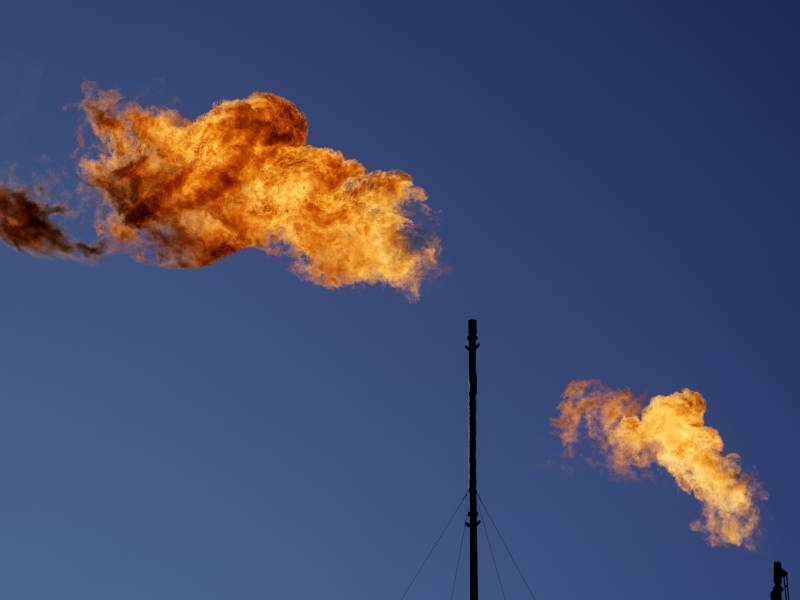“These are places where production is mostly focusing on oil,” said Evan Sherwin, a research scientist at Lawrence Berkeley National Laboratory who conducted the research as a postdoctoral researcher at Stanford University. But oil and gas often come out of the ground together, and if there wasn’t a way to transport the less-valuable gas to where it could be sold, leaks were higher.
In Pennsylvania, by contrast, drillers are focused on producing natural gas, and very little of the methane is wasted there.
That complicates an argument many in the industry have made, generally in opposition to tighter government regulations on methane. They say drillers have an incentive to capture gas leaks so they can sell the fossil fuel. But that’s not always possible if the industry hasn’t built the pipelines and other infrastructure to get the gas to consumers. In this study, researchers estimate the industry releases about 6.2 million tons of methane a year, valued at $1.08 billion.
The findings echo other studies that also conclude the EPA’s estimates are too low. Getting accurate measurements is important because the U.S. is among the countries pledging to cut methane pollution as one of its key climate goals. To achieve that, the EPA issued rules for slashing the industry’s methane emissions in December. Those rules now face a legal challenge from Texas.
Methane from human activities is responsible for about a third of the rise in global temperatures since the start of the Industrial Revolution. The oil industry is the second-largest source of human-caused methane after agriculture. While U.S. methane emissions have generally declined in recent decades, the world is not on track to meet its goal of limiting global warming to 1.5 degrees Celsius (about 2.7 degrees Fahrenheit).
While governments and the industry have routinely undercounted methane emissions, that may be changing.
At the COP28 climate summit in Dubai last year, more countries joined the U.S. and European Union-led Global Methane Pledge to cut emissions by at least 30% from 2020 levels by 2030. More than 155 countries have signed the pledge, representing nearly half the world’s human-caused methane emissions.
At the same time, the ability to measure methane pollution is improving rapidly.
“It’s night and day, even compared to five or six years ago,” Sherwin said. In the past, collecting data was done mostly on the ground and was labor intensive. But now, he said, airplanes and satellites are able to gather much more information in a shorter amount of time.
Earlier this month, the Environmental Defense Fund led the launch of MethaneSAT, which will circle the Earth 15 times a day, looking for methane from the oil and gas industry. It joins other projects, including one from NASA, that give researchers and the public a better understanding of the extent of the methane pollution problem.
“Emissions of methane from fossil fuel operations remain unacceptably high,” said Tim Gould, chief economist at the International Energy Agency, during a Tuesday call with reporters. The organization’s Global Methane Tracker shows methane from the energy sector was near the record high level in 2023.
Despite that, the IEA concludes that if countries fully implement existing pledges on methane reductions, that would make significant progress toward achieving global climate goals.
“2024 could mark a turning point, and policies are starting to be put into place. Greater transparency is coming. Awareness is spreading, and we have enhanced ability to track large leaks and act quickly to shut them down,” Gould said.
Gould said he hopes to have good news to share, about a reduction in methane emissions, next year.
Copyright 2024 NPR. To see more, visit https://www.npr.org.9(MDAxOTAwOTE4MDEyMTkxMDAzNjczZDljZA004))

9(MDAxOTAwOTE4MDEyMTkxMDAzNjczZDljZA004))